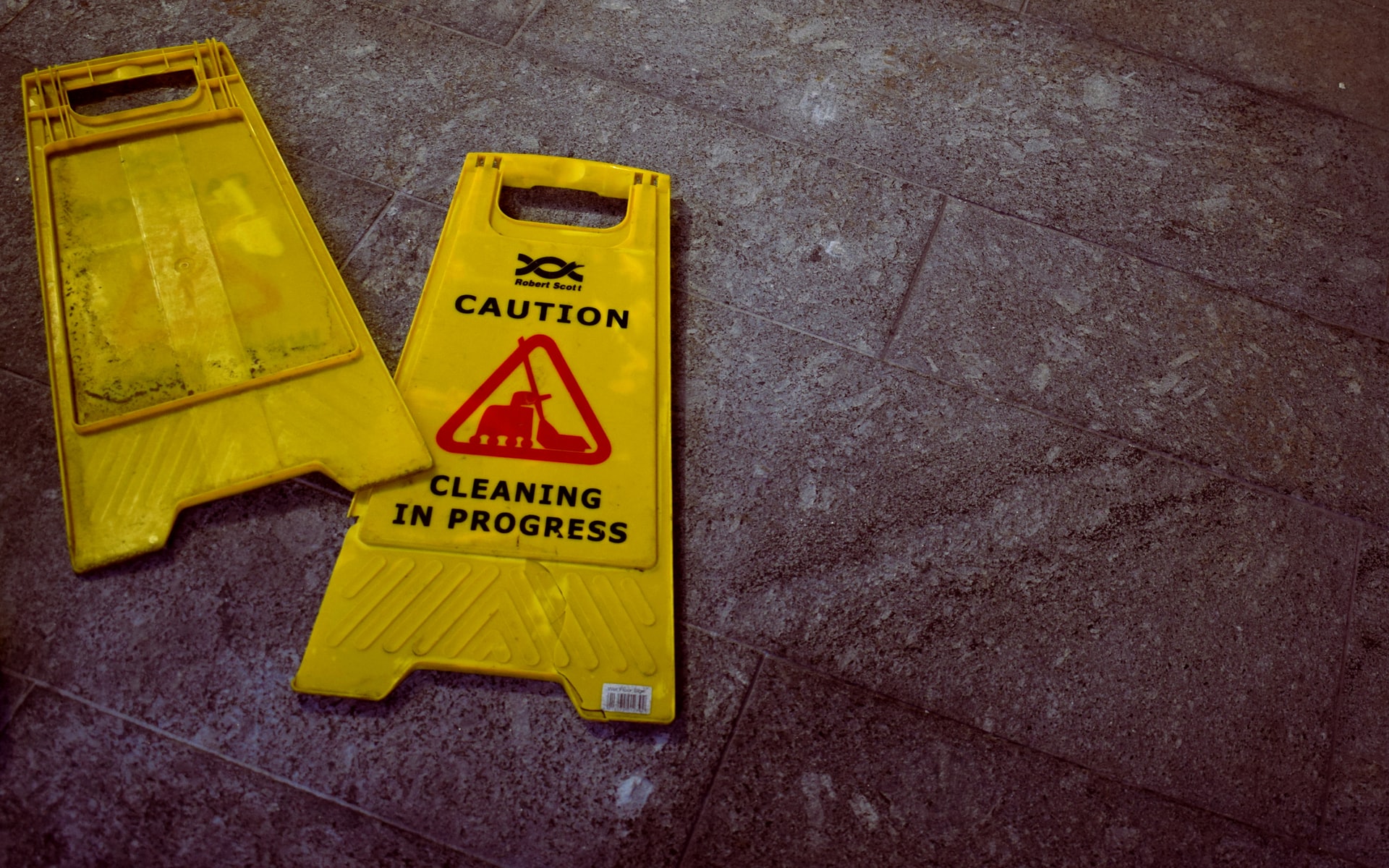Who are our best customers?
You’d like to reward your best customers… but who are they? Do we rank the highest spenders? Or those with the most repeat purchases? What if they haven’t bought from us recently? We need an RFM analysis.
RFM Analysis
To improve your CRM campaigns, segment your customers based on past purchase behavior...More
Hey, we need to do something to boost the numbers for the end of the quarter.
I was thinking we could run a CRM campaign to offer a discount to our best customers.
It also makes sense to target anyone who looks like they could be upsold, and those that bought a lot in the past but not recently.
Can you do some analysis of the data and send the customer IDs to IT?
They can schedule the email for sending
This course is a work of fiction. Unless otherwise indicated, all the names, characters, businesses, data, places, events and incidents in this course are either the product of the author's imagination or used in a fictitious manner. Any resemblance to actual persons, living or dead, or actual events is purely coincidental.
This is a simple and intuitive technique for categorizing your customers based on their past purchase behavior. RFM stands for Recency, Frequency, and Monetary value. To conduct this analysis you calculate how many days since they last purchased from you (recency), how many orders or transactions they've completed total (frequency) and the total amount that customers have spent with you (monetary value). Then you categorize customers based on the quartile they fall into in each category. For example an RFM class of 1-1-1 means the customer is in the top 25% of each category: a top customer. A class of 2-1-1 might indicate that this was one of your best customers, but they haven't purchased recently, because they're only in the 2nd quartile for recency.
This information is invaluable for targeting in CRM campaigns. You can use these labels to find your best customers, identify people who used to spend a lot but might be slipping away, and customers who bought recently but haven't made many repeat purchases. Then you can conduct a VIP, winback or upsell campaign depending on what bucket they fall into.
Hey, I'm going to show you how to do an RFM analysis. So this is the data that we have a transaction ID. Stock code is the different products as just two products, the replacement cover. And there's also. This smart bit which is further down so less of those and the higher price point than the replacement covers.
Complete all of the exercises first to receive your certificate!
Share This Course


